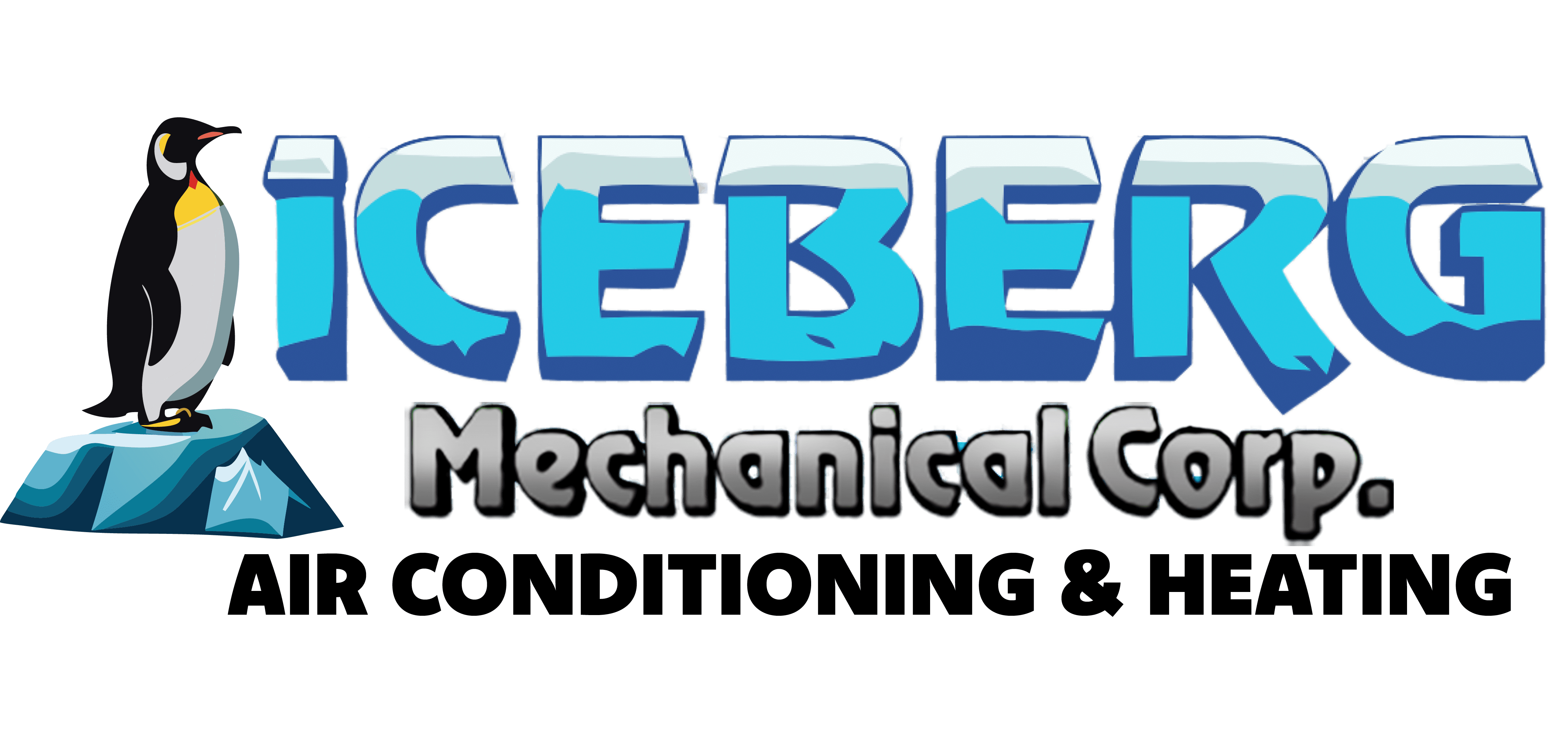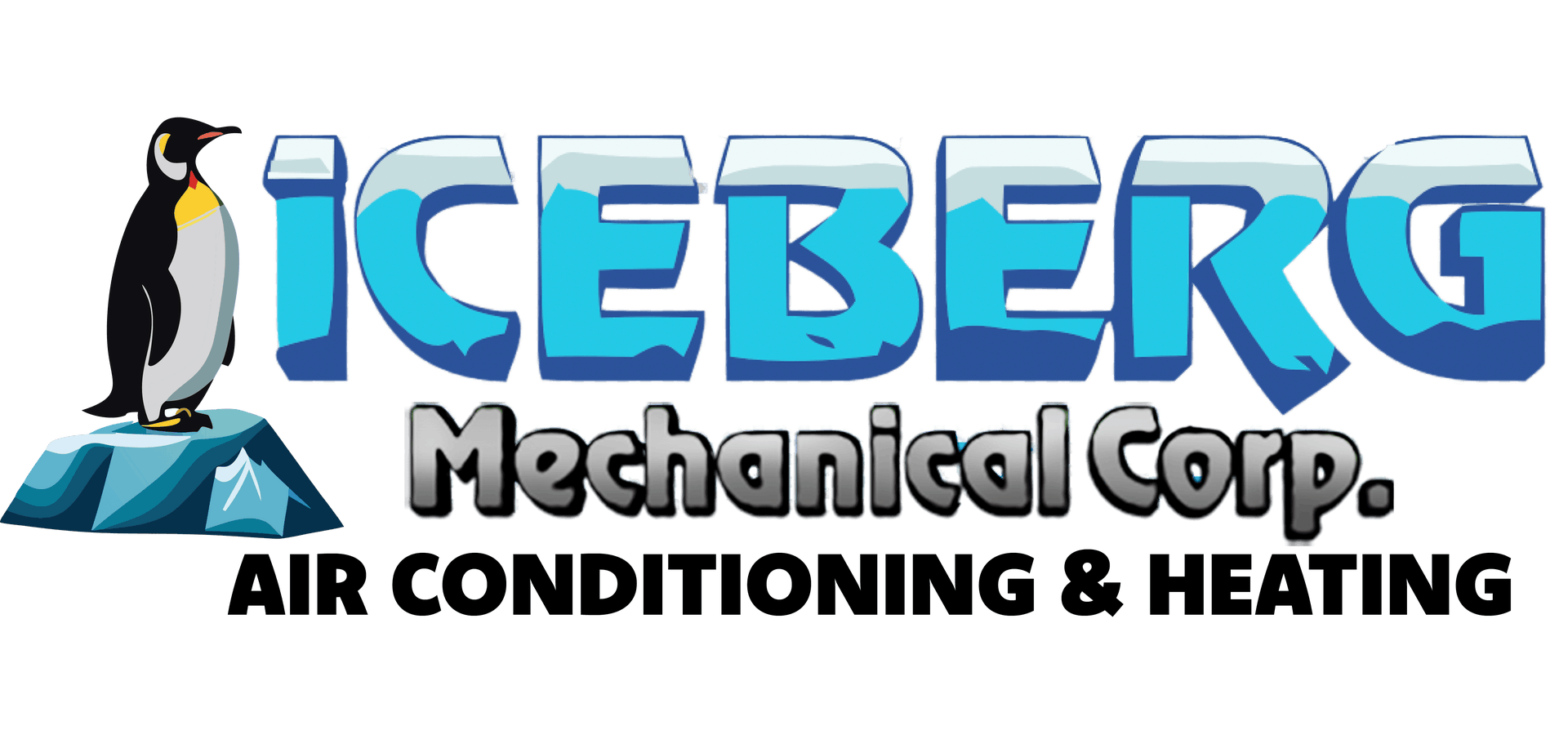
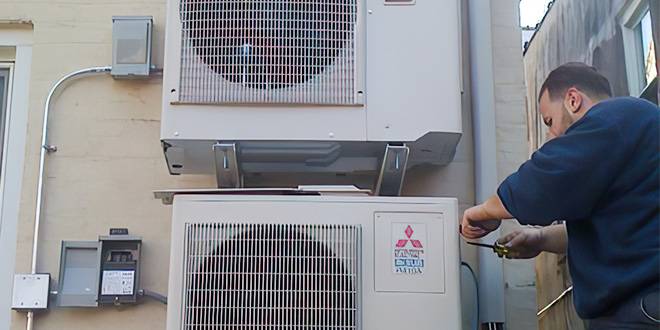
Proper airflow is crucial for the efficiency and longevity of your air conditioning (AC) system. When airflow is restricted, it can lead to various issues that affect the comfort of your home and the performance of your AC unit. In this blog, we’ll explore the common causes of airflow restrictions, the effects they can have on your system, and the solutions to ensure your AC operates smoothly and efficiently.
Common Causes of Airflow Restrictions
Several factors can contribute to airflow restrictions in your AC system. Understanding these causes can help you identify and address issues before they escalate:
- Dirty or Clogged Filters
- Filters trap dust, dirt, and other particles, preventing them from entering your system. Over time, these filters can become clogged, significantly reducing airflow. Regular maintenance and timely replacement of filters are essential to maintain optimal airflow.
- Blocked or Closed Vents
- Ensure that all vents and registers are open and unobstructed by furniture, curtains, or other objects. Blocked vents can impede the flow of air, reducing the efficiency of your AC system.
- Obstructed Ductwork
- Ducts can accumulate dust and debris, or even become obstructed by pests. Regular inspection and cleaning of ductwork help prevent these blockages.
- Poorly Designed Duct Systems
- Inefficient or poorly designed duct systems can cause airflow issues. This can include ducts that are too small, too long, or have too many bends and turns.
- Issues with the Blower Fan
- The blower fan is responsible for circulating air throughout your home. If the fan is malfunctioning or not operating at full capacity, it can lead to reduced airflow.
For more information on maintaining and repairing your AC system, check out our AC Repair Services.
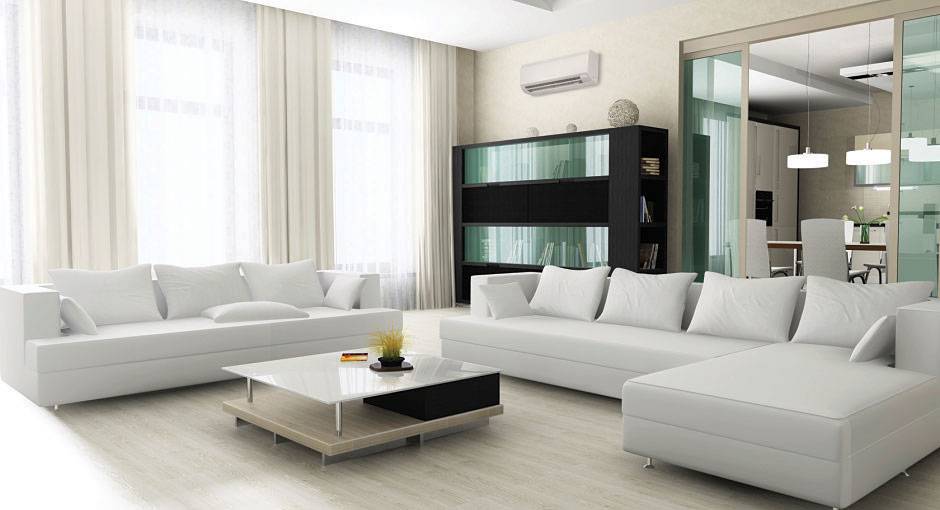
Effects of Airflow Restrictions
When airflow in your AC system is restricted, it can lead to several problems that affect both your comfort and the system’s performance:
- Reduced Cooling Efficiency
- Restricted airflow prevents your AC system from effectively cooling your home. This can result in longer run times and an inability to maintain the desired temperature.
- Increased Energy Consumption
- When your AC system works harder to compensate for restricted airflow, it consumes more energy. This leads to higher utility bills and increased wear and tear on the system.
- Higher Utility Bills
- As your AC system struggles to maintain proper airflow, it becomes less efficient, resulting in higher energy usage and elevated utility costs.
- Potential System Damage
- Prolonged operation under restricted airflow conditions can cause damage to critical components of your AC system, including the compressor and blower motor. This can lead to costly repairs or even system failure.
- Uneven Cooling and Hot Spots
- Restricted airflow can cause uneven cooling throughout your home, leading to hot spots in certain areas. This can be particularly problematic in larger homes or spaces with multiple levels.
Addressing airflow issues promptly can help prevent these problems. Consider scheduling regular AC Maintenance to keep your system in top shape.
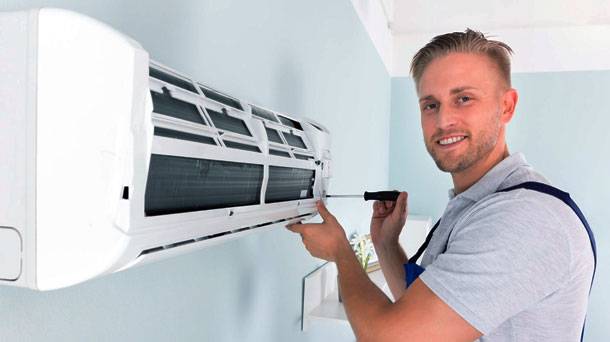
Diagnosing Airflow Problems
Identifying airflow problems early can save you from costly repairs and ensure your AC system runs efficiently. Here are some steps to diagnose airflow issues:
- Identifying Symptoms of Restricted Airflow
- Common signs include weak airflow from vents, hot and cold spots in your home, increased energy bills, and longer cooling times. If you notice any of these symptoms, it may indicate an airflow problem.
- Common Diagnostic Methods and Tools
- Visual Inspection: Check for obvious blockages in vents and filters.
- Airflow Meter: Professionals use this tool to measure the velocity of air coming from the vents.
- Duct Inspection Camera: This helps identify blockages or damage within the ductwork.
- Static Pressure Test: This test measures the resistance within the duct system to identify airflow restrictions.
- Importance of Professional Inspections
- While some issues can be identified and resolved by homeowners, many require the expertise of a professional. Regular inspections by an HVAC technician can help detect and address airflow problems before they become serious.
For comprehensive AC system inspections and diagnostics, visit our Air Conditioning Services.
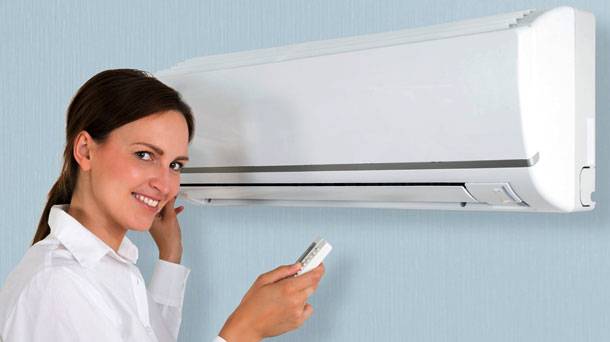
Solutions to Improve Airflow
Improving airflow in your AC system is essential for optimal performance and efficiency. Here are several solutions to enhance airflow:
- Regular Filter Maintenance
- Replace or clean air filters regularly, typically every 1-3 months, depending on the type of filter and usage. This simple step can significantly improve airflow and system efficiency.
- Ensuring Vents and Registers Are Open and Unobstructed
- Make sure all vents and registers are fully open and not blocked by furniture, curtains, or other objects. Properly arranged furniture and clear vents allow for better air circulation throughout your home.
- Cleaning and Inspecting Ductwork
- Schedule regular duct cleaning to remove dust, debris, and potential blockages. This helps maintain smooth airflow. Additionally, inspect ducts for leaks or damage that could impede airflow.
- Upgrading or Redesigning Duct Systems
- If your duct system is poorly designed, consider upgrading or redesigning it. A professional can help ensure the ductwork is appropriately sized and laid out to maximize airflow efficiency.
- Servicing or Replacing Blower Fans
- The blower fan is crucial for circulating air. If it’s malfunctioning, have it serviced or replaced. Regular maintenance can keep the fan operating at peak performance.
For more detailed services on improving your AC system’s airflow, explore our Ductless AC Installation and Central AC Installation.

Preventive Measures
Preventive measures are key to maintaining proper airflow and ensuring the longevity and efficiency of your AC system. Here are some steps you can take:
- Regular Maintenance Schedules
- Establish a regular maintenance schedule for your AC system. This includes routine inspections, cleaning, and servicing to prevent airflow issues before they arise. Regular maintenance helps keep your system running smoothly and efficiently.
- Professional HVAC Inspections
- Schedule professional inspections at least once a year. HVAC technicians can identify potential problems early and provide the necessary repairs or adjustments to maintain optimal airflow.
- Importance of System Tune-Ups
- Regular tune-ups involve checking and calibrating all components of your AC system. This ensures everything is working correctly and efficiently, reducing the risk of airflow restrictions.
Taking these preventive steps can save you from costly repairs and ensure your AC system performs at its best. For professional maintenance and tune-ups, visit our AC Maintenance Services.
Conclusion
Proper airflow is essential for the efficiency and longevity of your AC system. By understanding and addressing common causes of airflow restrictions—such as dirty filters, blocked vents, and obstructed ductwork—you can ensure your system runs smoothly. Regular maintenance, professional inspections, and proactive preventive measures are crucial in maintaining optimal airflow.
If you experience any issues with your AC system or need professional assistance, don’t hesitate to reach out to Iceberg Mechanical Corp. Our team of experts is here to help with all your air conditioning needs, from repairs and maintenance to complete system installations.
For more information on our services or to request a quote, visit our Air Conditioning Services and Request a Quote.

